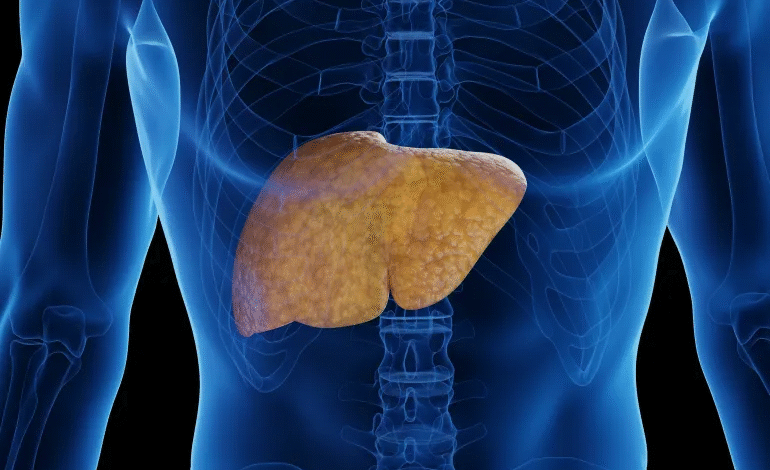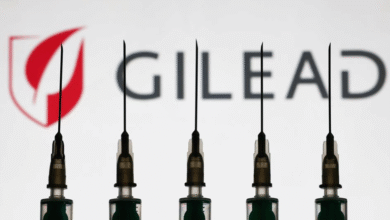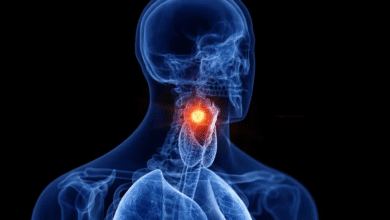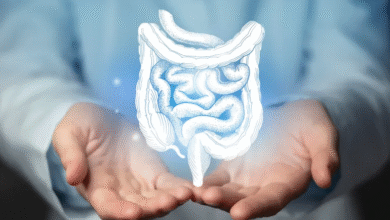The Liver and Fatty Liver Disease: Protecting a Vital Organ from Silent Damage

The liver works silently but performs essential functions, from detoxifying the body to metabolizing fats. It serves as the central hub for fatty acid synthesis and lipid transport through the production of lipoproteins. But what happens when fats start to accumulate in the liver, and could this buildup lead to serious diseases without obvious symptoms?
Key Functions of the Liver
Gastroenterology and hepatology consultant Dr. Youssef Al-Ajlouni explains that the liver is a vital organ with multiple essential roles:
- Bile Production: Bile, composed of salts, cholesterol, water, bilirubin, and electrolytes, helps the small intestine digest fats and absorb fat-soluble vitamins and cholesterol.
- Blood Clotting: Bile aids in the absorption of vitamin K, which is crucial for preventing excessive bleeding.
- Metabolism of Fats and Carbohydrates: The liver stores carbohydrates as glycogen and converts it to glucose when needed, while bile helps digest and absorb fats.
- Storage of Vitamins and Minerals: Vitamins A, D, E, K, B12, as well as iron and copper.
- Protein Metabolism and Immune Support: Produces albumin, the main blood protein, and synthesizes angiotensinogen, which helps regulate blood pressure.
Fat Accumulation in the Liver
While a small amount of fat in the liver is normal, accumulation exceeding 5–10% of liver weight may indicate disease. Fatty liver is classified into two main types:
- Non-Alcoholic Fatty Liver Disease (NAFLD):
- Simple fatty liver: Fat accumulation without inflammation or cell damage.
- Non-Alcoholic Steatohepatitis (NASH): Fat accumulation accompanied by inflammation and liver cell damage, which may lead to fibrosis.
- Alcoholic Fatty Liver Disease (ALD): Resulting from excessive alcohol consumption, which can progress to liver fibrosis if drinking continues.
Who is at Risk?
Dr. Al-Ajlouni identifies high-risk groups:
- Individuals with obesity or overweight.
- Patients with diabetes, often with insulin resistance.
- People with high blood pressure or cholesterol.
- Those with metabolic syndrome.
- Individuals with a family history of fatty liver disease or postmenopausal women.
- Rare cases due to medications (steroids, tamoxifen, chemotherapy), genetic disorders, or late-stage pregnancy (known as acute fatty liver of pregnancy).
Symptoms and Diagnosis
Fatty liver disease is often asymptomatic, but advanced stages may show:
- Abdominal discomfort or fullness.
- Nausea, loss of appetite, and weight loss.
- General weakness and jaundice (yellowing of skin and eyes).
- Swelling of the abdomen and legs, severe fatigue, and in extreme cases, confusion.
Diagnosis usually involves medical history, physical examination, lab tests, and imaging. Ultrasound is the first-line tool, showing a “bright” liver due to fat accumulation. MRI or CT scans may be used for more precise assessment, and liver biopsy may be needed if advanced inflammation or fibrosis is suspected.
Potential Complications
Internal medicine and gastroenterology consultant Dr. Basel Al-Khalidi warns that untreated fatty liver can progress from simple fat accumulation to NASH, leading to liver cell damage. Without intervention, this can advance to liver fibrosis and cirrhosis, which increases the risk of liver cancer, liver failure, portal hypertension, and may require liver transplantation.
Treatment and Prevention
There is currently no direct medication approved for fatty liver. Treatment focuses on addressing underlying causes and lifestyle modifications:
- Weight loss: Losing 7–10% of body weight can significantly improve liver function.
- Control of chronic conditions: Manage diabetes, high blood pressure, and cholesterol.
- Avoid alcohol and maintain regular physical activity.
- Medications under supervision: For insulin resistance or high triglycerides if needed.
- Diet: Mediterranean diet emphasizing vegetables, olive oil, fish, and nuts, while reducing refined carbs and saturated fats.
- Exercise: Daily brisk walking for 30 minutes, resistance training, and cardio improve insulin sensitivity and reduce liver fat even without significant weight loss.
Regular liver function tests are recommended for people with chronic conditions. Avoid taking medications or supplements without medical advice, maintain good sleep, and manage stress, as mental health indirectly affects liver health.








